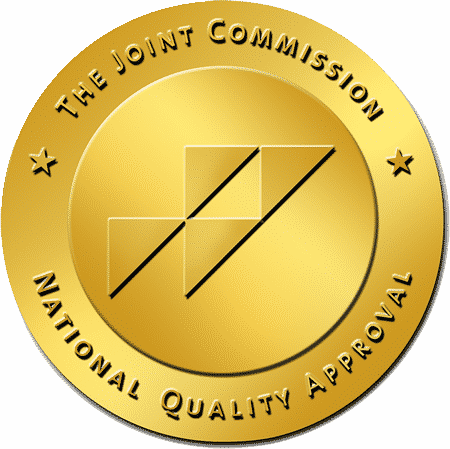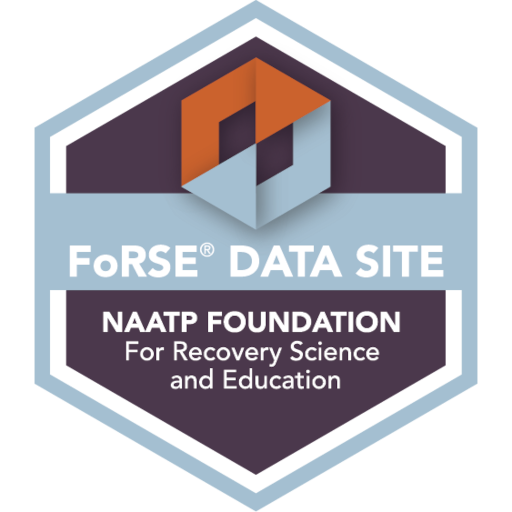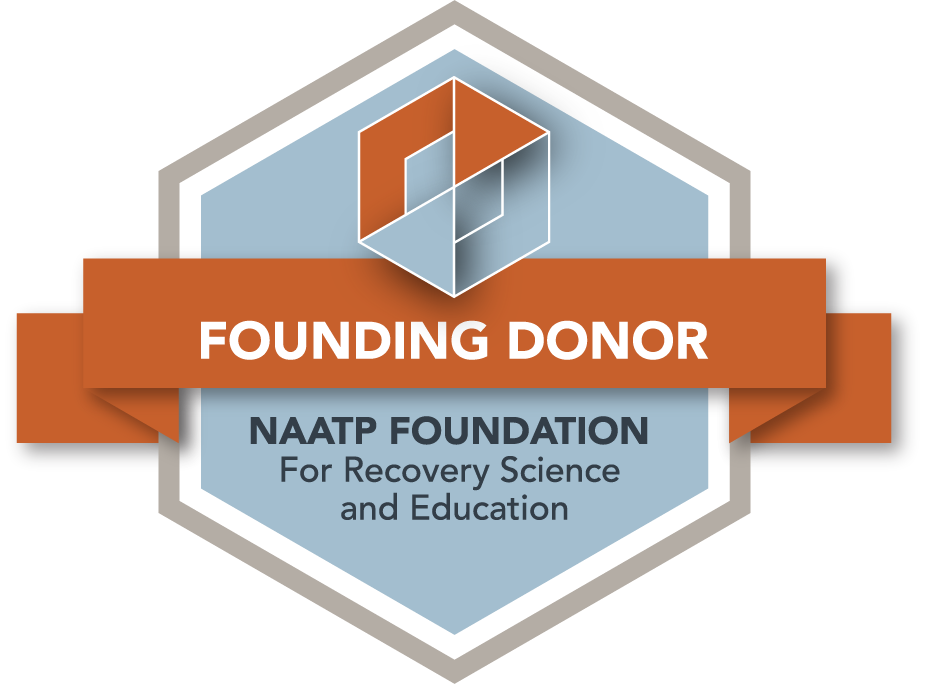Sixteen million individuals have gone through or are currently going through opioid use disorder (OUD) worldwide. Three million of them come from the United States, proving an ongoing opioid epidemic in the country and across the globe. Oxycodone is an opioid medicine with great potential to become a source of addiction.
How long does oxycodone stay in your system? And how do you get help for opioid addiction? Let’s get to know oxycodone, the potent pain relief medicine.
What Is Oxycodone?
Oxycodone is an opioid medicine available on prescription from healthcare providers. It is a central nervous system depressant and relieves moderate to severe pain in adults with injury and trauma. It’s also an effective pain medication following major surgery or for cancer pain. Some immediate-release oxycodone brand names are the following:
- Oxaydo
- Oxy IR
- Roxybond
- Roxycodone
For controlled or extended-release versions, brand names include:
- OxyContin CR (controlled-release)
- Xtampza ER (extended-release)
Moreover, there are combination medications with oxycodone, such as Percocet and Xartemis XR (oxycodone combined with acetaminophen), and oxycodone combined with aspirin or ibuprofen. Oxycodone works in the brain’s pleasure centers, classified as a federally controlled substance (C-II).
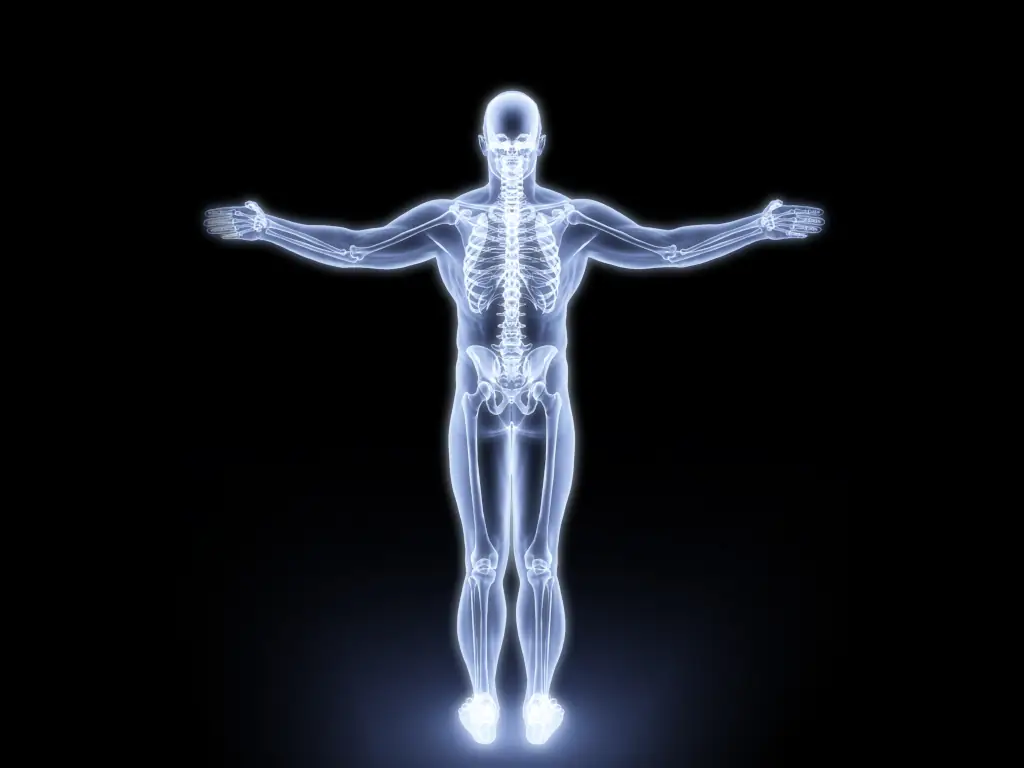
How Does Oxycodone Work?
Oxycodone works by changing how the brain and nervous system respond to pain. It binds to the mu-opioid receptor, blocking the feeling of severe pain and allowing patients to experience pain relief.
The amount of oxycodone needed for pain relief differs from person to person. Healthcare providers usually prescribe a low dose and gradually increase it until the oxycodone well controls the pain.
The patient should start to metabolize oxycodone feeling the effects in 20 to 30 minutes, and the medicine reaches its peak concentrations one to two hours after ingestion. It’ll take three to four hours to reach peak concentration if it’s an extended or controlled-release version.
You must measure oxycodone’s half-life to determine how long the medicine stays in your system. The half-life of oxycodone is the time it takes to eliminate half the drug from your body.
The half-life of immediate-release formulations of oxycodone is 3.2 hours. Controlled or extended-release formulations have a longer half-life, which is 4.5 to 5.6 hours.
Factors That Influence a Drug’s Half-Life
Generally, it takes several half lives to eliminate a drug from your body. The metabolization of medications differs from person to person, so the half-life of oxycodone may vary among individuals. Various factors that influence a drug’s half-life are:
Age and Gender
Oxycodone blood concentrations are 15% higher in individuals aged 65 and above than in younger adults. As a result, older adults take longer to clear oxycodone from the system. Moreover, oxycodone concentrations are also 25% higher for healthy females than males.
Liver and Kidney Function
If you have problems with kidney and liver function, oxycodone has a longer stay in your system. The half-life increases by 2.3 hours in individuals with liver dysfunction, while kidney function problems cause a one-hour increase in oxycodone’s half-life.
How Long the Patient Has Been Taking the Drug
Oxycodone can accumulate in fatty tissues when taken regularly, resulting in a longer time for the drug’s elimination.
Alcohol
When a patient consumes alcohol while taking oxycodone, the effects increase, and the longer the half-life in the system. They’re also at risk of fatal overdose, so mixing the two is not recommended.
Other Medications
Other medications may make it more difficult to break down oxycodone, leading to respiratory depression, dangerous drug interactions, and other serious problems. It’s best to avoid taking oxycodone when also taking the following:
- Macrolide antibiotics
- Azole antifungal agents
- Protease inhibitors
A patient will stop feeling the effects of oxycodone before it is fully eliminated, so healthcare providers have them take a tablet every four to six hours or 12 hours for controlled and extended-release forms.
It’s possible to still detect oxycodone in the hair, saliva, and urine even after the blood is fully clear within 24 hours.
So, how long does oxycodone stay in your system? You can detect oxycodone in the following body parts for the following time frames:
- Urine: Up to three days after the last oxycodone dose
- Saliva: Up to four days after the last oxycodone dose
- Hair: Up to 90 days after the last oxycodone dose

How Should a Patient Use Oxycodone?
Unlike other pain medications, oxycodone is habit-forming, so patients must take it exactly as the healthcare provider directs. Patients must never take more or less of the drug than the prescribed dose and should not take it longer than instructed.
Healthcare providers don’t usually recommend oxycodone to treat chronic pain, meaning patients should not take it long-term. Taking oxycodone in doses and ways not prescribed by a healthcare provider can be dangerous, leading to overdoses or other serious health problems.
Oxycodone Addiction: Causes, Signs, and Diagnosis
As an opioid, oxycodone triggers the release of the brain’s feel-good neurotransmitters called endorphins. These neurotransmitters tone down pain perception and boost feelings of pleasure. The sense of well-being it creates is powerful but temporary, so when it wears off, patients may crave it. A patient’s history and length of time using the drug play a role in developing an opiate use disorder.
What is an Opioid Use Disorder?
An opioid use disorder, also known as OUD, is a condition where individuals develop a strong dependence on opioids, even when their pain has subsided. It creates an overwhelming sense of reliance, with cravings that feel uncontrollable and compulsive. This disorder arises from excessive opioid usage, causing the brain to rely on external endorphins instead of producing its own natural ones.”
When a patient becomes highly dependent on the drug, even when they no longer need it for pain relief. They feel like they can no longer live without it, and the craving feels irresistible, out-of-control, and compulsive. The cause is too much use of it, leading to the brain relying on artificial endorphins and eventually stopping producing its own.
Drug tolerance could also be another cause when the body gets used to the drug’s effects over time. As a result, the patient will need higher doses to get the same effect, leading to more addiction risk. Some signs and symptoms of drug abuse include the following:
- Physical Agitation: An individual with OUD may have difficulty sitting still. A shallow or slow breathing rate may also be present.
- Mood Swings: When someone abuses oxycodone, they may experience sudden mood swings and changes in behavior. They may become irritable, anxious, and easily angered.
- Depression: Oxycodone abuse can lead to feelings of intense sadness and depression. The individual may also find it difficult to concentrate on tasks, leading to the abandonment of responsibilities and poor decision-making. Anxiety attacks may also become more frequent.
Healthcare providers can diagnose OUD through medical assessment and testing for mental health disorders. An individual may go through drug tests, urine tests, blood tests, saliva tests, hair tests, and more.
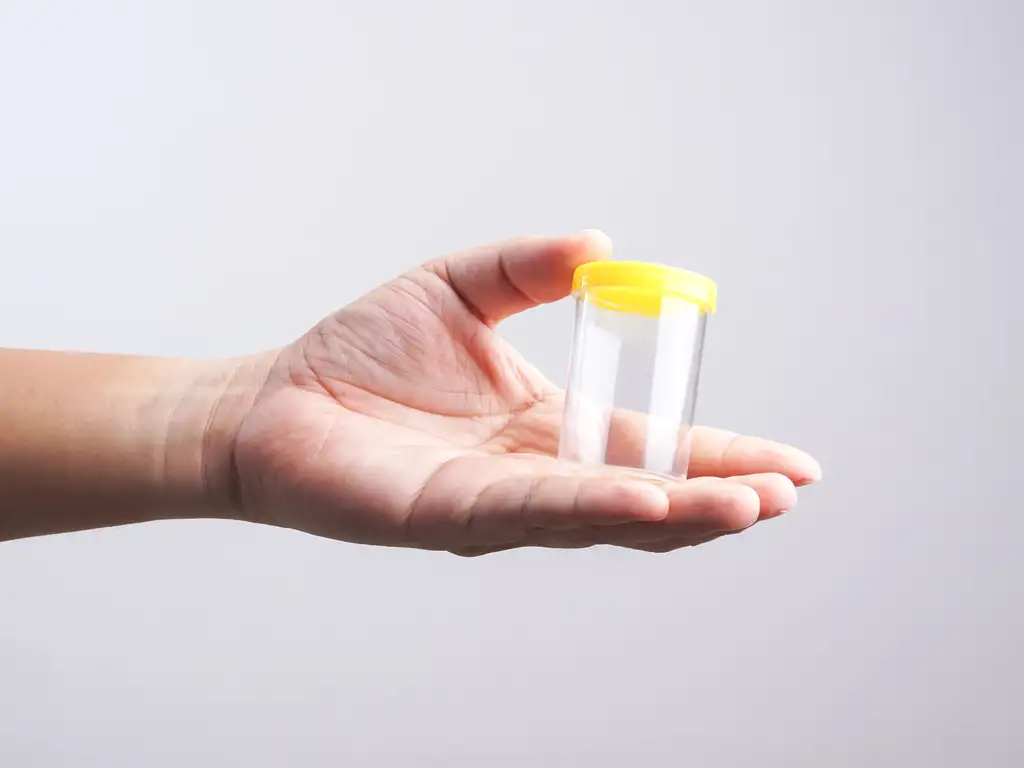
Drug Tests
Addiction cannot be determined from a drug test. However, to detect oxycodone and learn about the amount of oxycodone or any drug in one’s system, drug testing is often ordered by a doctor. A blood test or urine test is usually collected via a lab and doctor’s orders, however, most addiction treatment facilities have drug tests on hand to get positive or negative results immediately.
Oxycodone Withdrawal Symptoms
Stopping or cutting back on oxycodone after heavy use for a long-time results in withdrawal. Withdrawal doesn’t necessarily mean an individual is addicted; it could be a sign of physical dependence, and symptoms occur when someone abruptly stops without consulting a healthcare provider. Common withdrawal symptoms include:
- Restlessness
- Watery eyes and runny nose
- Yawning
- Insomnia
- Muscle cramps
- Joint aches
- Vomiting
- Sweating
- Fast breathing and heartbeat
Dependence on oxycodone happens after consistently taking the drug for several weeks. Healthcare providers prevent this and withdrawal by tapering or decreasing the dose slowly. While tapering, patients must carefully monitor withdrawal signs and symptoms. They may be mild, moderate, or severe and generally improve within 72 hours.
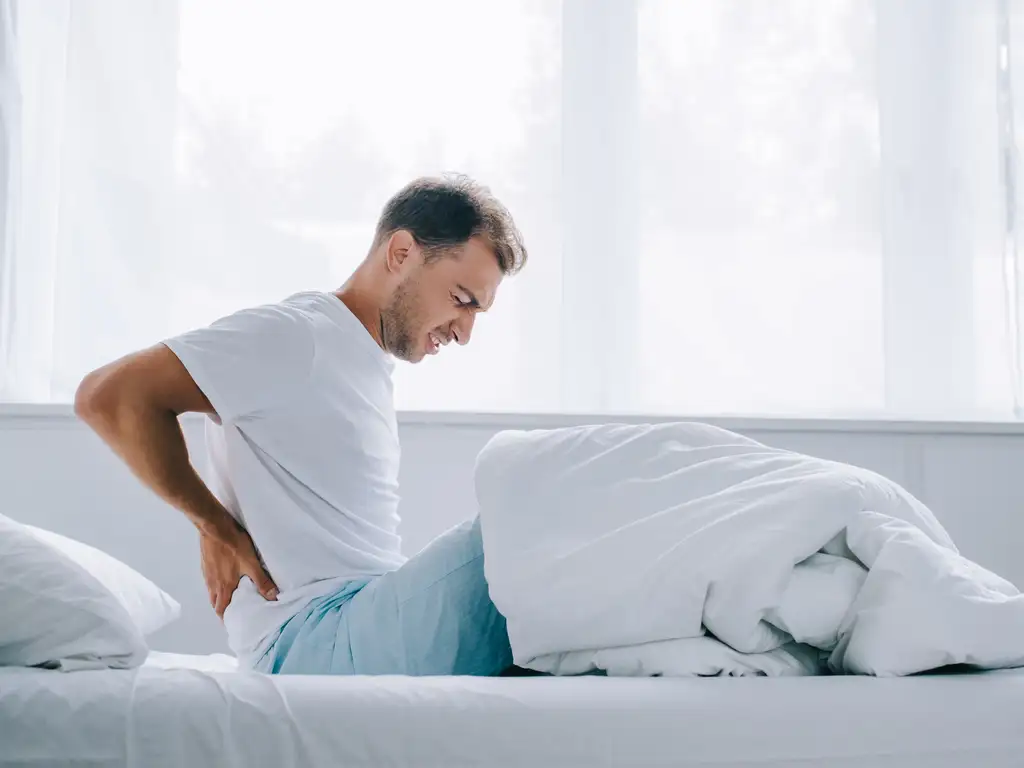
Oxycodone Addiction Treatment
Addiction to oxycodone has life-threatening consequences, so fighting it is crucial. However, withdrawal symptoms also make it difficult for those addicted to oxycodone to stop their use.
Those who struggle with oxycodone addiction must go through challenging programs to recover, but it’s never impossible. The best way to combat addiction is through the following:
Detoxification
Detoxification is the process of eliminating toxic substances from the body. It’s not a single solution, but it controls and medically supervises withdrawal. No single detoxification approach guarantees success, but treatments provide excellent chances of withdrawal relief.
Medication Maintenance
Methadone and buprenorphine are available to alleviate oxycodone cravings and withdrawal effects, assisting the individuals to function emotionally and socially again.
The two have been added to the World Health Organization (WHO)’s list of “essential medicines,” however, only a few programs offer lifesaving treatment.
Medication Assisted Treatment (MAT)
Medication Assisted Treatment (MAT) is critical in an opioid addiction recovery journey. MAT is the use of drugs combined with behavioral counseling.
Rehabilitation facilities provide MAT services to help patients safely manage withdrawal symptoms and control cravings. Moreover, MAT can reduce the risk of relapse and increase one’s chance of recovery.
Please note that La Hacienda’s treatment philosophy involves complete abstinence. While medically assisted treatment is available to help patients during detox, long-term maintenance with drugs is not part of our treatment program.

Help for Addiction at La Hacienda Treatment Center
The risk factors of oxycodone misuse and addiction are high, and anyone can become a victim. It’s vital to understand the risks and effects of opioid medication use to avoid potential harm.
At La Hacienda, medical detox and residential treatment include the ability to interact with doctors as patients go through the withdrawal phase and learn to live sober.
If you or someone you know is struggling with oxycodone addiction, La Hacienda Treatment Center offers medically supervised detoxification and residential treatment with 24/7 nursing care.
We provide a safe and comfortable environment with evidence-based therapies to help you recover. Contact us today for more information.
Sources:
https://www.ncbi.nlm.nih.gov/books/NBK448203/
https://medlineplus.gov/druginfo/meds/a682132.html#how
https://www.healthdirect.gov.au/oxycodone
https://www.healthline.com/health/how-long-does-oxycodone-stay-in-your-system
https://medlineplus.gov/ency/article/000949.htm
https://familydoctor.org/condition/opioid-addiction/
https://nida.nih.gov/publications/effective-treatments-opioid-addiction
https://www.fda.gov/drugs/information-drug-class/information-about-medication-assisted-treatment-mat
